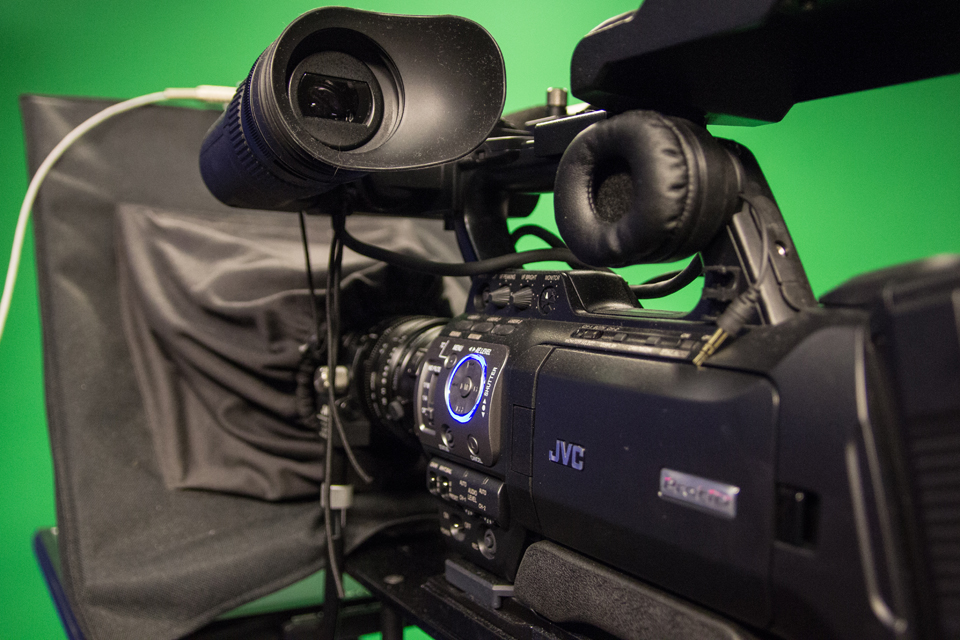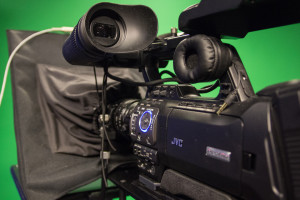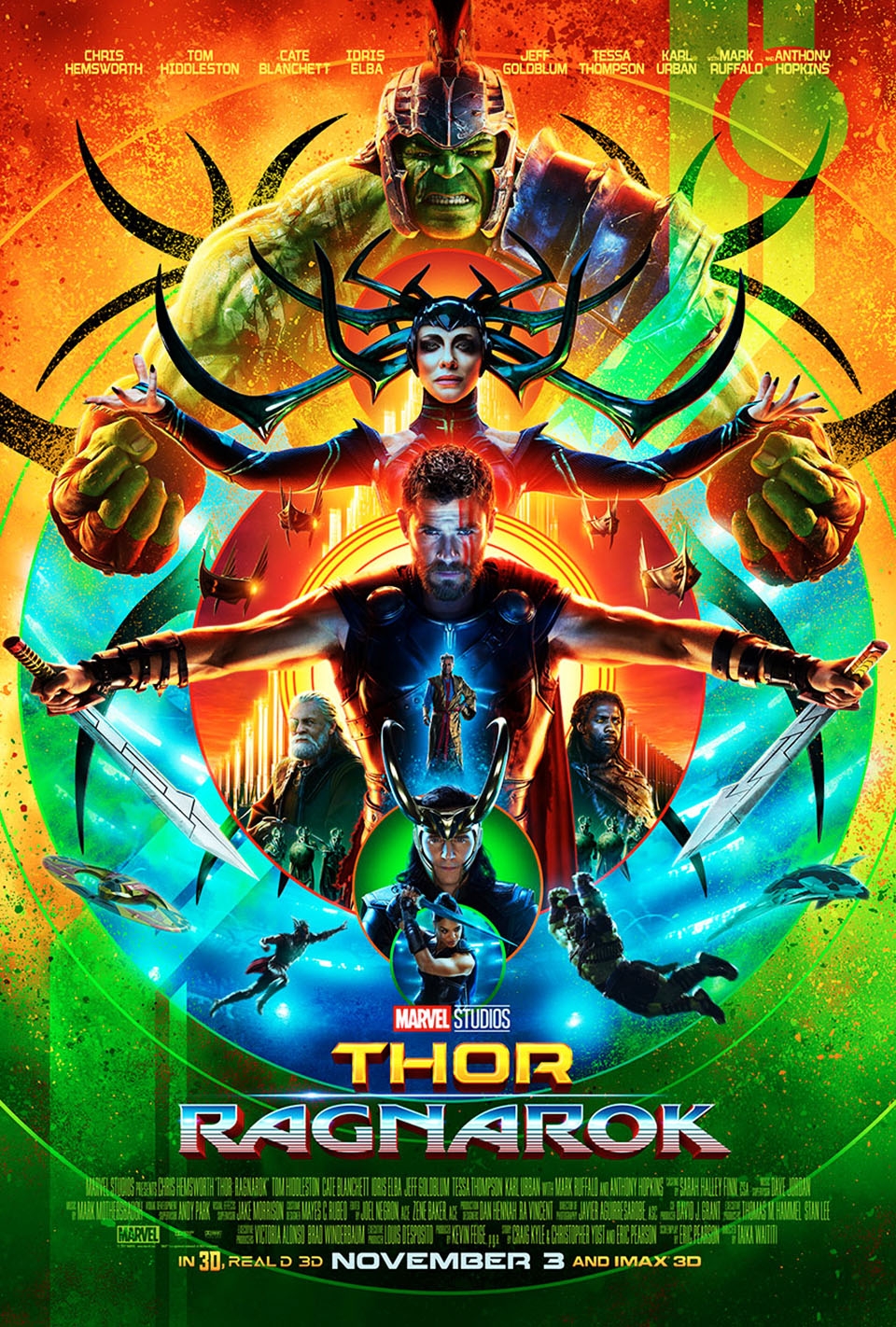
By Zachary Landau | The Duquesne Duke

Always have the right equipment for the job when making a film. Microphones, cameras and editing software can wildly vary from each other. Research each piece and find out which one works best for you before committing to its use.
So you want to make a film? Be it for a class project or for a job portfolio, having a homemade movie is a testament to one’s talent and patience to see a special idea come to life.
That idea, goal or message is what is at the core of all good filmmaking. Without it, the product lacks direction and dooms it from the onset. Having a solid idea from the start provides the crucial groundwork for planning the rest of the production.
According to University of Pittsburgh film student Jeanna Sybert, this planning is crucial to the development of a film.
“That’s what really counts. You only shoot for a day, maybe two, on smaller films… theoretically, you can spend years trying to make those two days really count.”
Digital Media Arts and Film Studies student Andrew Mingyar emphasized that creating this foundation includes fleshing out the idea as much as possible.
“I basically take my idea that I have written down and make five pages of straight up text into a script and edit that a few times,” he said.
A well-groomed script can stamp out any problems, such as difficult or expensive shots, before filming.
With a solid script in hand, the style of the film needs to be decided upon. The style, whether that be realistic or a film noir, can help ease the filmmaking process and maintain a consistent quality throughout.
The style will also dictate what equipment is necessary for filming. Realistic films, for example, require more and better equipment, such as boom mics and higher quality cameras. On the other hand, a found-footage film can be shot entirely from your phone. Actors, costumes and sets are also selected according to the style.
With everything situated, the actual filming is ready to begin. Depending on the length of the film, shooting may only take a day, or it can take over months. In either case, if pre-production was thorough in preparing for the shoot, this phase should be the least time-intensive.
Once a film is shot, post-production begins. This phase includes all of the editing done to the film’s visuals and audio and is often the longest and most difficult part of the process.
The footage is arranged first into a rough cut that reflects the sequential order of the final product. Then transitions and other visual effects are added.
Most sound design takes place in post-production. Everything from character’s dialogue to the sound of cars passing in the background is tweaked to reflect the original goal. Sometimes, actors need to re-record their lines in a process called automated dialogue replacement, or ADR, because the original audio is too distorted to use. Similarly, Foley artists recreate sound effects to enhance the sounds the audience sees in the film. Sees because often the sound effects don’t actually reflect real life, but the audience expects them to be there.
Once the audio and visuals are synced, the film is finally finished and ready to be released on any medium. So grab some popcorn and enjoy your hard earned work of art.



